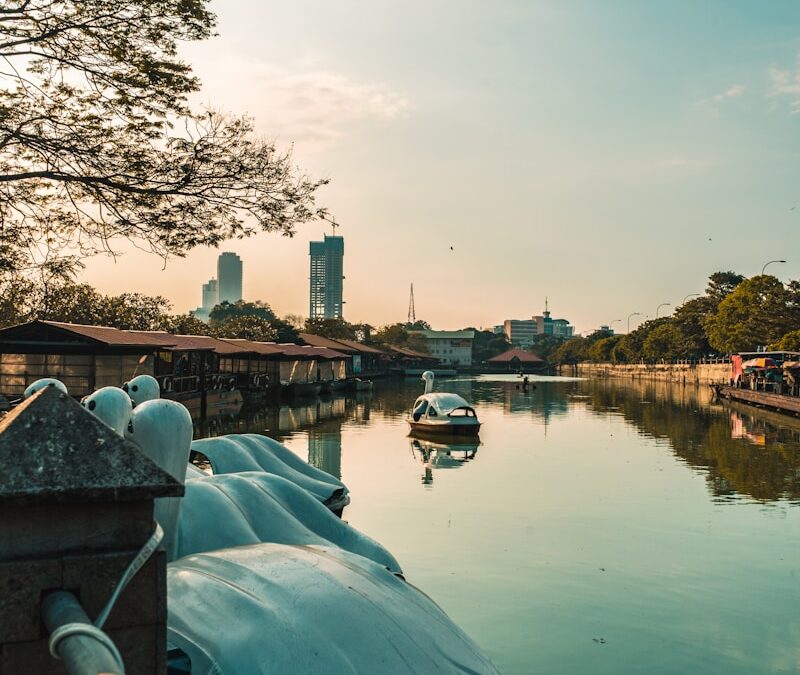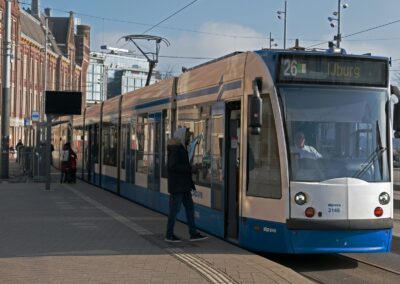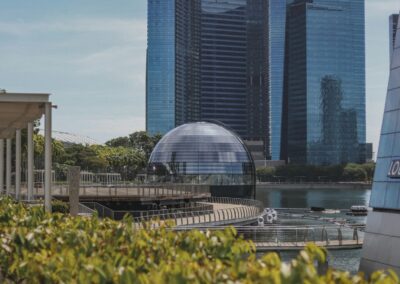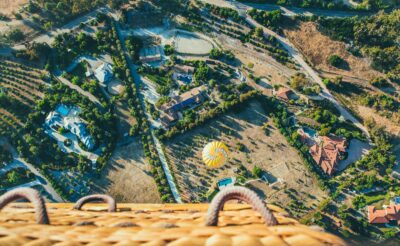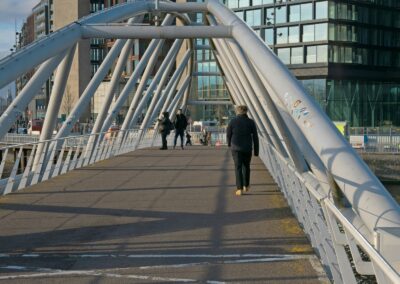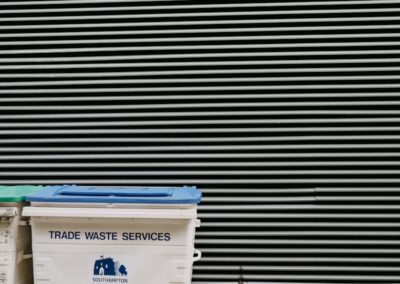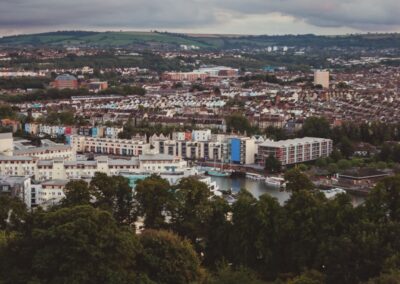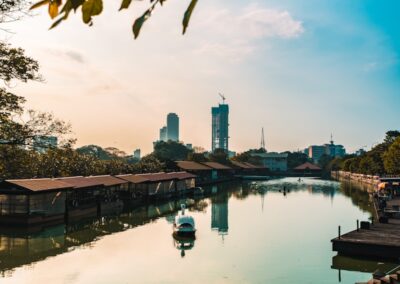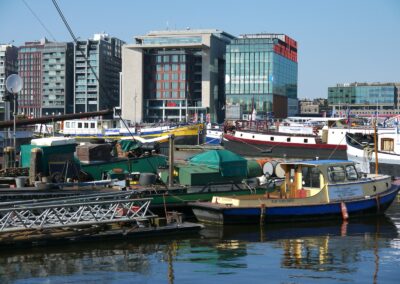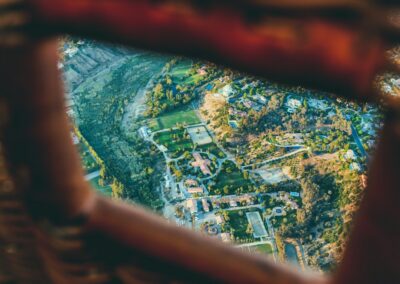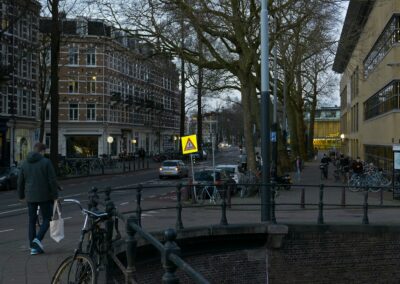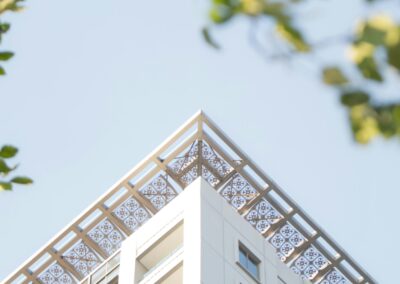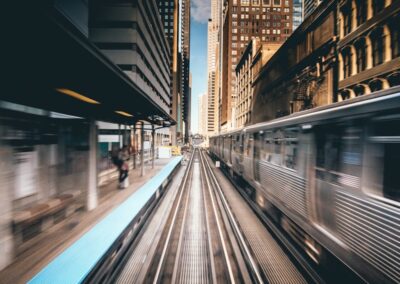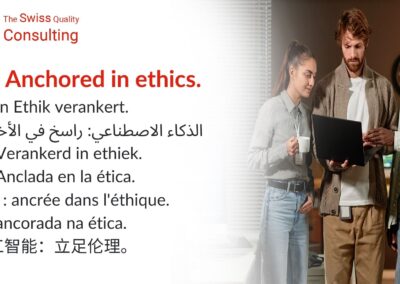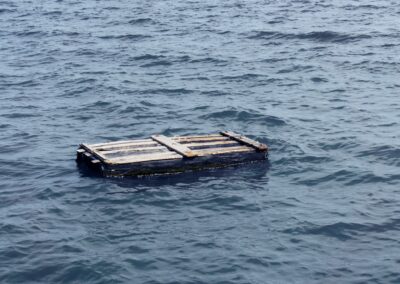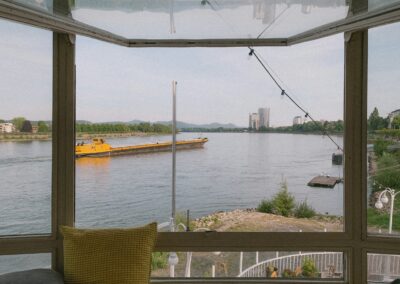Exploring Advanced Anchoring Systems for Urban Expansion on Water
Understanding the Concept of Floating Cities
The challenges of anchoring floating cities to the seabed are a critical aspect of developing sustainable urban spaces on water. As cities like Riyadh and Dubai look to innovative solutions to address land scarcity and urbanization pressures, floating cities present a promising avenue for expansion. These urban marvels are designed to float on water, providing new living spaces while preserving land resources. However, ensuring the stability and safety of these floating structures requires overcoming significant anchoring challenges.
Floating cities are envisioned as fully functional urban environments that include residential, commercial, and recreational areas. These cities are designed to be self-sufficient, utilizing renewable energy sources, advanced waste management systems, and smart technologies to create sustainable living spaces. The concept of floating cities is particularly appealing to cities with limited land availability and a growing population, such as Riyadh and Dubai, which are at the forefront of exploring these innovative urban solutions.
Despite the potential benefits, floating cities pose unique engineering challenges, particularly in terms of anchoring to the seabed. Anchoring is essential to ensure that these cities remain stable and secure, even in harsh marine conditions. The development of effective anchoring systems is crucial to the success of floating cities, as it directly impacts their safety, longevity, and environmental sustainability.
The Challenges of Seabed Anchoring
One of the primary challenges of anchoring floating cities is the variability of seabed conditions. The seabed can vary significantly in composition, ranging from sandy and muddy to rocky and uneven terrains. Each type of seabed presents unique difficulties for anchoring systems, requiring tailored solutions to ensure stability. For example, sandy seabeds may not provide sufficient grip for traditional anchors, while rocky seabeds may complicate the installation of anchoring structures.
Another significant challenge is the depth of the water in which floating cities are anchored. Deeper waters require more robust and technically advanced anchoring systems to ensure stability. The deeper the water, the more complex and expensive the anchoring solutions become. Additionally, floating cities must be able to withstand dynamic ocean conditions, including currents, tides, and waves, which exert varying forces on the anchoring systems.
Environmental considerations also play a crucial role in the development of anchoring systems for floating cities. The installation and maintenance of anchors must minimize disruption to marine ecosystems and avoid damaging the seabed. Ensuring that anchoring systems are both effective and environmentally sustainable is a delicate balance that requires innovative engineering and careful planning.
Innovative Anchoring Systems
To address the challenges of anchoring floating cities, several innovative anchoring systems are being explored. One promising solution is the use of suction caissons, which are large, hollow cylinders that are embedded into the seabed using suction. These anchors provide a strong and stable connection to the seabed, even in challenging conditions. Suction caissons are particularly effective in soft seabeds, such as sand and mud, and offer a relatively low-impact installation process.
Another advanced anchoring technology is the use of dynamically positioned mooring systems. These systems use a combination of anchors and thrusters to maintain the position of floating structures. By continuously adjusting the tension on the mooring lines and the direction of the thrusters, these systems can compensate for environmental forces such as currents and waves. This technology is already used in the offshore oil and gas industry and is being adapted for use in floating cities.
Hybrid anchoring systems that combine multiple anchoring technologies are also being developed. These systems use a mix of traditional anchors, suction caissons, and dynamically positioned mooring lines to provide robust and adaptable anchoring solutions. By leveraging the strengths of different technologies, hybrid systems offer enhanced stability and resilience, making them suitable for a wide range of seabed conditions and water depths.
Conclusion: Pioneering the Future of Urban Living
The challenges of anchoring floating cities are significant but not insurmountable. Through innovative engineering and advanced technologies, cities like Riyadh and Dubai can lead the way in developing stable, sustainable, and resilient floating urban areas. These pioneering efforts not only address the pressing issues of land scarcity and urbanization but also set new standards for environmental stewardship and technological advancement.
The successful anchoring of floating cities will require collaboration between engineers, urban planners, environmental scientists, and policymakers. By working together, these stakeholders can develop comprehensive solutions that ensure the stability and sustainability of floating urban areas. The experiences gained from these projects will provide valuable insights and best practices that can be applied globally, paving the way for the widespread adoption of floating cities.
In conclusion, the integration of innovative anchoring systems is essential for the realization of floating cities as viable urban solutions. By overcoming the challenges of seabed anchoring, cities like Riyadh and Dubai can expand their urban footprint in a sustainable and forward-thinking manner. The future of urban living lies not only on land but also on the water, as we explore new frontiers in creating livable, resilient, and environmentally friendly communities.
#FloatingCities #SeabedAnchoring #InnovativeAnchoringSystems #UrbanPlanning #Sustainability #AITechnology #ModernTechnology #BusinessSuccess #LeadershipSkills #ProjectManagement #Riyadh #Dubai

